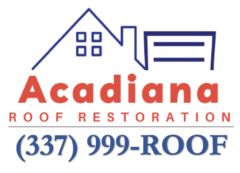How Long Does a Shingle Roof Last?
March 27, 2020
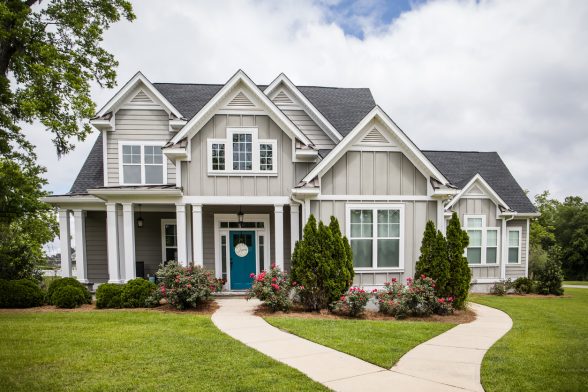
If you’ve been wanting to know how long a shingle roof lasts, the answer depends on your type of shingle. So, how long does a shingle roof last? Check out the following:
- 15-30 years for asphalt shingles
- 20-50 years for composite shingles
- 30 years for modified rubber shingles
- 30-40 years for wood shingles
- 50 years for clay tiles
- 50 years for concrete tiles
- 50 years for metal roofs
- 60+ years for copper roofs
Types of Shingles
The roof over your head may be your single biggest investment after the home itself, or at least it should be. Your protection from the harsh elements and keeping your home in tip-top shape is dependent on using the best roof shingles for your home, your climate, and your style. That’s why it is so important when looking into types of roof shingles that you know exactly what you need. Since different types of roof shingles have different results when it comes to how long they will last. So, here’s everything you need to know about choosing the best roof shingles for your situation.
Asphalt Roof Shingles
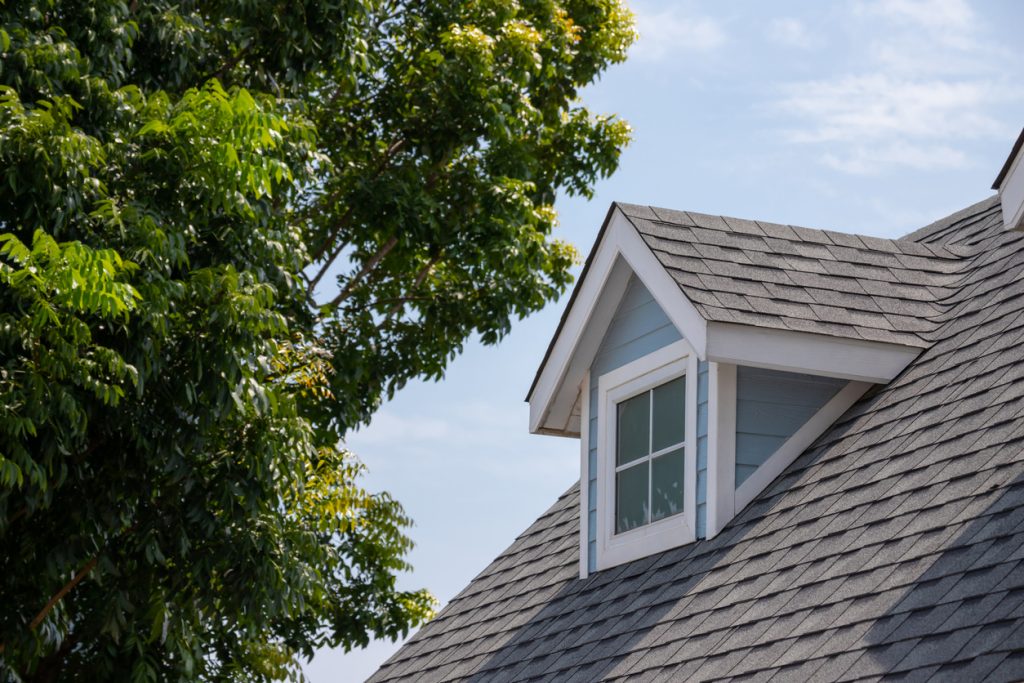
Asphalt shingles are the most common type of roofing material. They date back to the 1920s and are used on the majority of homes today. The average lifespan of an asphalt shingle roof is 15-30 years depending on the type of asphalt shingle you use. They don’t last as long in warmer climates, such as the Southwest, as they do in colder climates in the north and northeastern regions. The cost per square foot ranges from $3.50 to $5.00.
There are three types of asphalt shingles:
- 3-tab: These are the most affordable type of roof shingle. In the right conditions and with the proper maintenance, they can last 10 to 15 years. These are made from a fiberglass base topped with mineral granules that disperse and reflect the sun’s rays. They are lightweight, easy to install, offer a clean appearance, and are great for homeowners on a tight budget.
- Dimensional: These asphalt shingles have a multi-dimensional texture and appearance. They are extremely durable, lasting 20 to 25 years. They are made of 2+ layers of shingles to provide added strength. That means, of course, that they cost more than 3-tab shingles.
- Luxury: Top-of-the-line asphalt shingles offer even more multi-dimension and maximum durability. Designed to look like natural slate shingles or cedar shake shingles, but costing much less is one perk. Perhaps most importantly though is that they have extra strength. You might especially want these if you live in Tornado Alley or on a hurricane-prone coast, or if you tend to get a lot of large hail.
Clay Roof Shingles
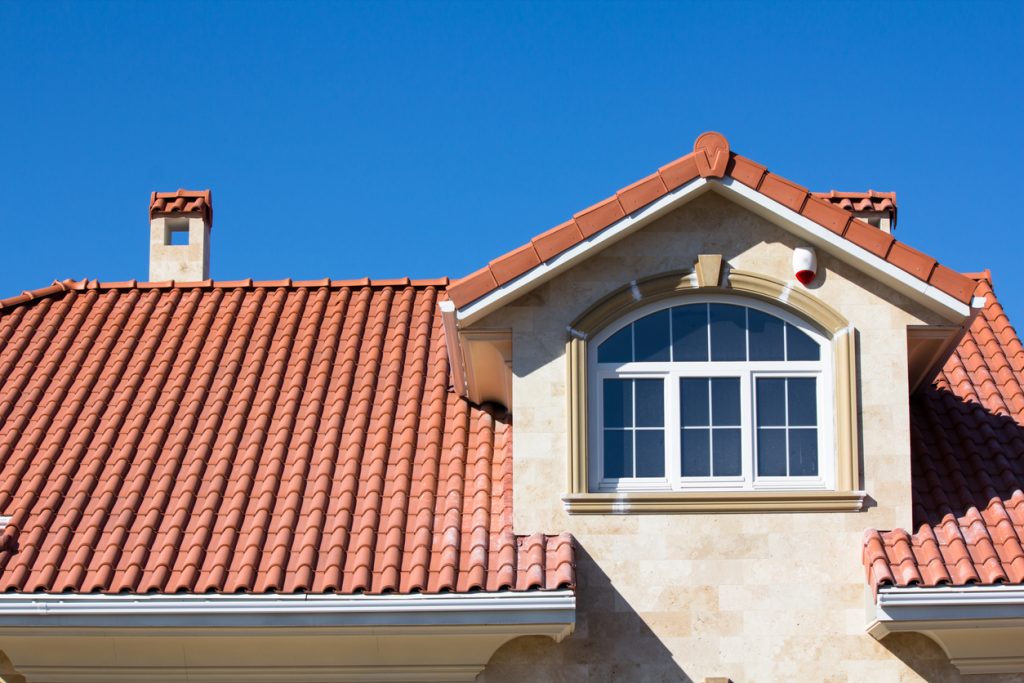
Clay roof shingles, commonly designed in either a Mediterranean or Southwestern style, are a popular roofing material, and can also mimic Victorian slate. They come in either glazed or unglazed finishes and shapes that include flat, fluted, and interlocking designs. Clay shingles can withstand extreme temperatures, meaning they are suitable for virtually any climate. They are, however, particularly resistant to salt so they are a great choice for coastal regions. While expensive at $700-1,000 per 100-square feet, they usually come with a 50-year warranty.
Concrete Roof Shingles
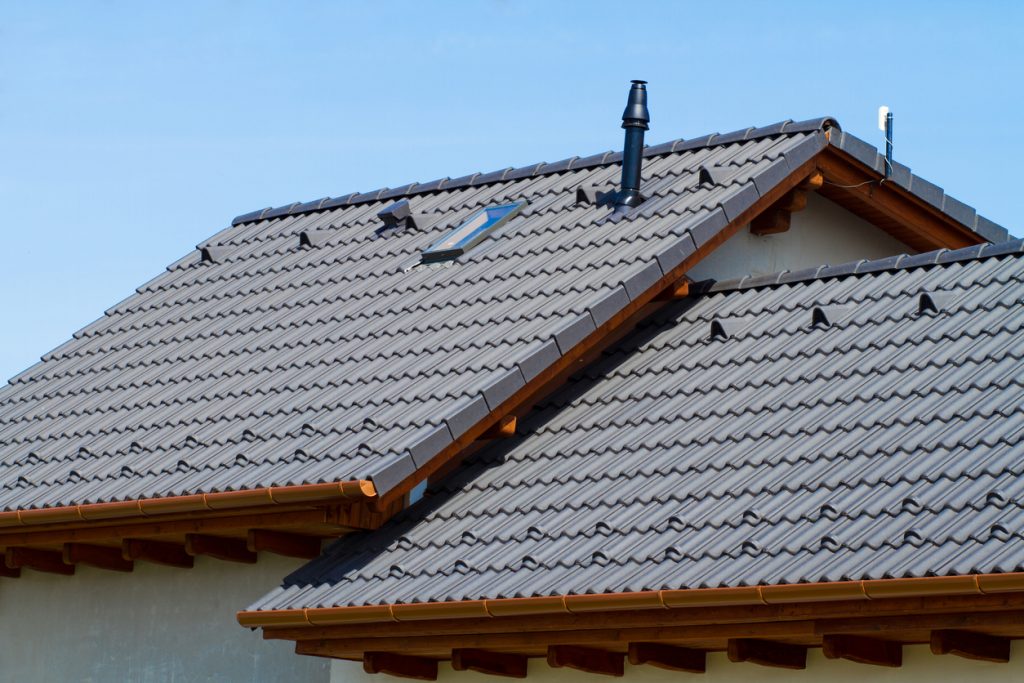
Concrete roof shingles can be simulated to look like just about any style you prefer. The options are endless. They offer long-lasting results of at least 50 years, can withstand wind speeds of over 125 miles per hour, and exceed seismic load requirements. Concrete tiles can be used anywhere including cold climates, if specific installation requirements are met. You can expect to pay between $300-500 per 100-square feet for these shingles.
Cedar/Wood Roof Shingles
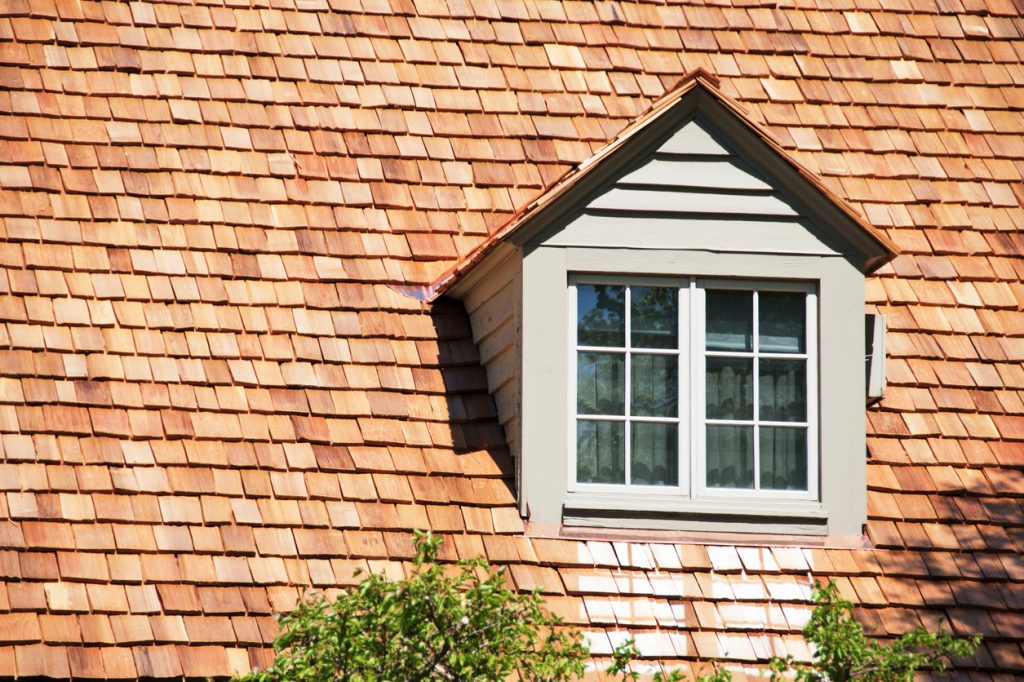
Cedar or wood roof shingles (different than wood shakes in that they are more precisely milled and have a more refined appearance) provide a lovely rustic appearance that is common on Craftsman-style homes. They are often used in the northeast, even though the salty air may affect the longevity of the roof. Still, these shingles can last 30-40 years. The cost is fairly expensive, at $450-900 per 100-square feet.
Metal Roof Shingles
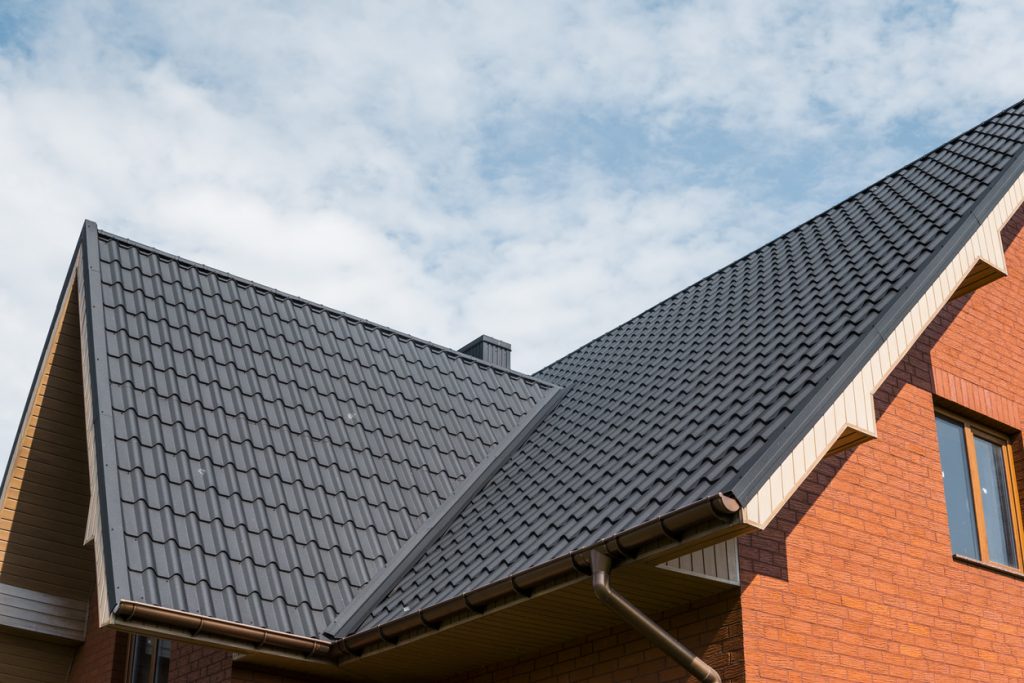
Metal roof shingles are most often made of steel with either a galvanized zinc or galvanized aluminum coating. These roofing materials are great for climates that experience a lot of storms, large hail, or heavy snowfall, although they may corrode if exposed to sea salt spray. Perks of metal roofs are that they can usually be installed directly over old asphalt shingles and last around 50 years. Costs start at around $300 per 100-square feet.
Composite Roof Shingles
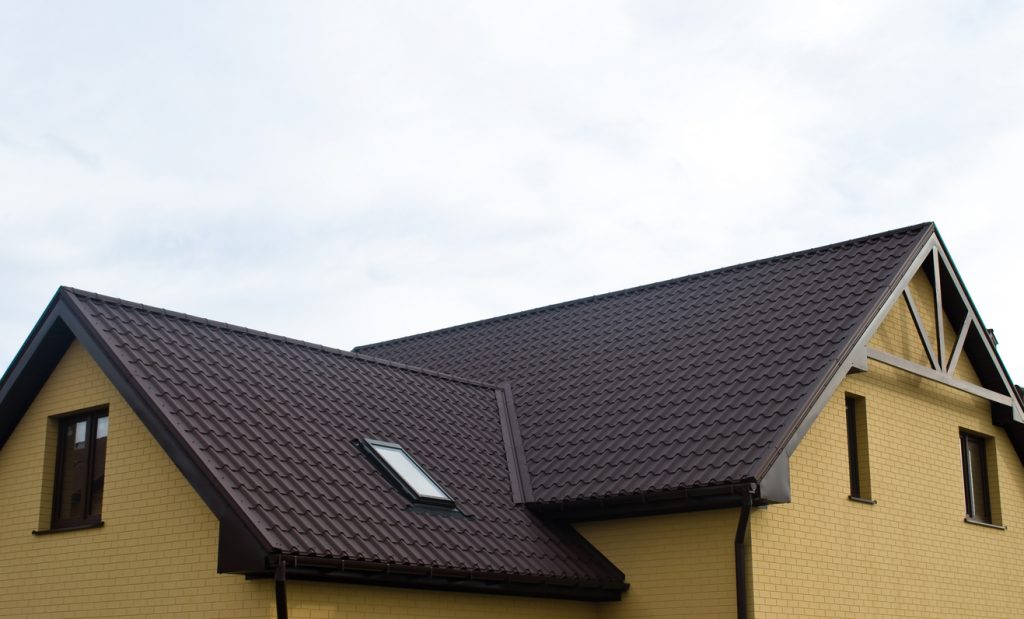
Composite roof shingles are made from a fiberglass-reinforcing mat that is coated with asphalt and mineral fillers. Depending on the type chosen, they can last 20-50 years. While these work well in all conditions if maintained properly, rainy and icy conditions can weaken them or cause them to loosen or dislodge. Composite roof shingles range from $575-1,350 per 100-square feet.
Rubber Roof Shingles
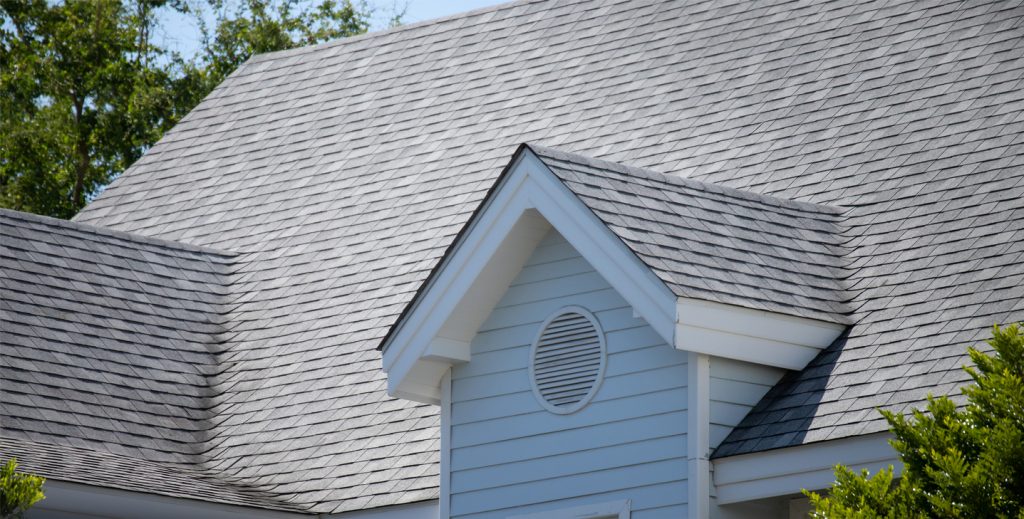
Rubber roof shingles can be manufactured to look like any type of roofing material. Since they are made from old rubber tires, they’re an eco-minded option. They are very lightweight and easy to install. Also, repairs are typically easy as well as inexpensive. Rubber shingles have a lifetime of approximately 30 years, even lasting through high winds and lightning strikes. They cost between $400-800 per 100-square feet.
Copper Roof Shingles
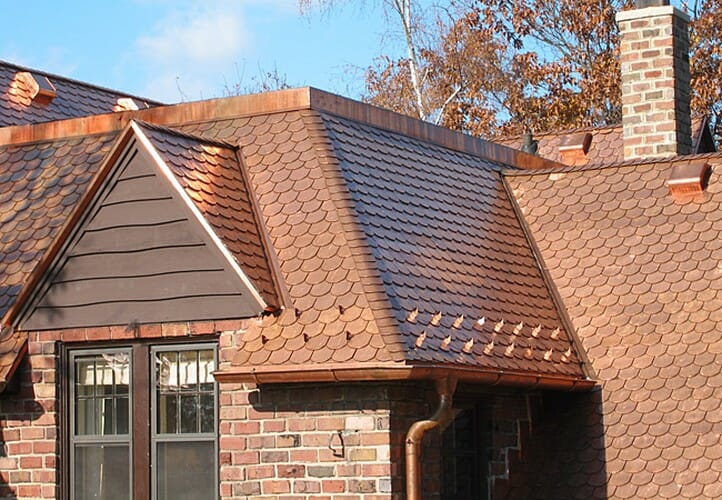
A copper roof is a top-of-the-line look that will increase the value of your home. The metal is not coated or painted because of the beautiful patina that occurs naturally over time. Doing an entire roof in copper is expensive, so many homeowners choose to feature it on just a portion of the roof such as over a dormer window. Copper roof shingles are an investment, at $1,100-1,500 per 100- square feet. However, you can expect an 85.9% return on that investment in your home’s resale value.
Early Failure of Asphalt Shingles
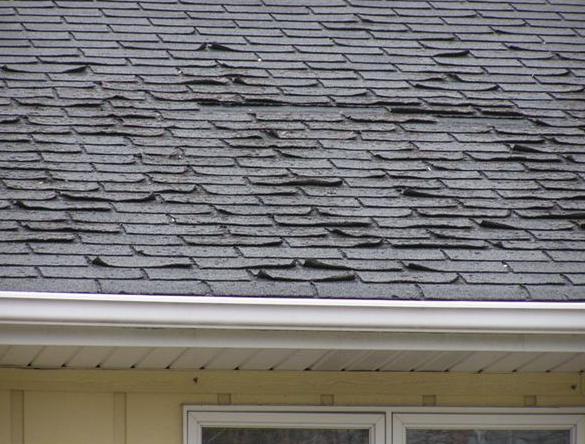
It’s important to talk about a major issue homeowners are seeing these days with asphalt shingles. A few decades ago, manufactured shingles were much heavier due to the percentage of asphalt contained within them. Nowadays however, a lot of the asphalt in the shingles has been replaced with crushed limestone filler. This makes the shingles much lighter in weight and much less effective, even though the advertised warranty has jumped from around 30 years, to lifetime warranties.
This is a well-documented problem with even Bob Vila speaking out about it. Class action lawsuits have been filed on behalf of many homeowners across the country who have had their asphalt-shingle roof fail in as few as 6 years after installation.
Cost-cutting on the part of the shingle manufacturers has caused a variety of failures, including blistering, buckling, and leaking. These are expensive fixes and when homeowners turned to their warranty, they were shocked to realize the coverage only replaces the shingles themselves and doesn’t cover the labor costs of replacing the roof (which are about two-thirds of the total cost), and it doesn’t cover damages caused by the failures either.
If you have an asphalt shingle roof that is showing signs of a defect well before the warranty is up, you may be the victim of shoddy manufacturing. To mitigate the issue and keep your costs down, here’s what you can do:
- Make sure to have a roof inspection done by a professional every year, but especially have one done before the first 12 months is over so that you have a greater chance of being covered under a defect warranty.
- Contact your roofing company as soon as possible if there are any issues to find out more information about your warranty and to file a claim.
- Contact Roof Maxx to find out if roof rejuvenation is a good option for extending the life of your shingles by up to 15 years with repeated application, potentially saving you thousands of dollars in replacement costs.
7 Signs You Need a New Roof
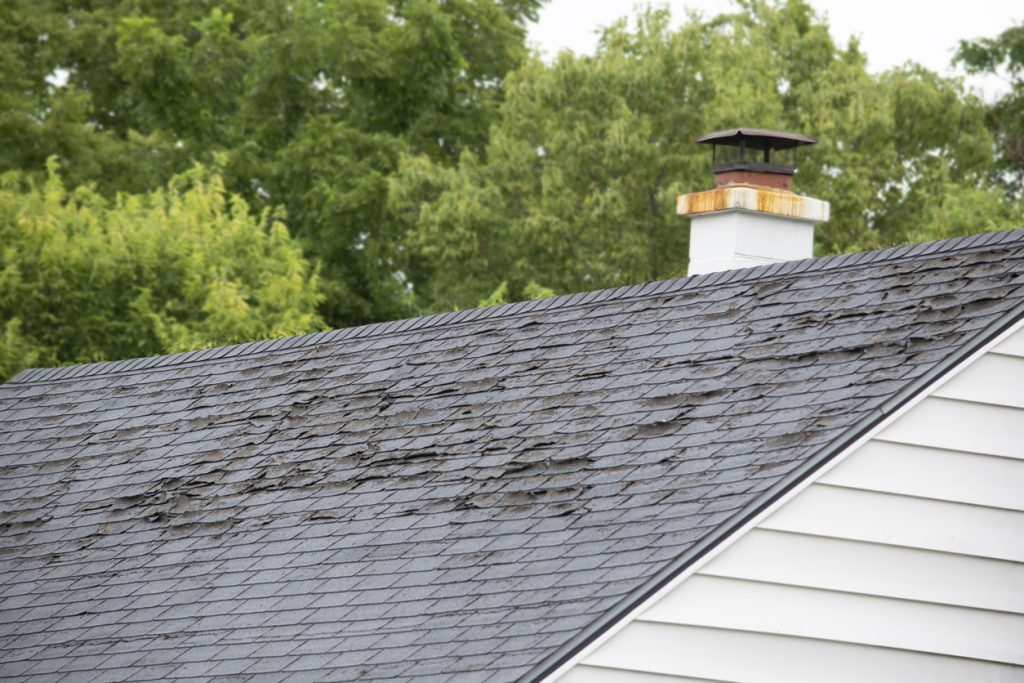
Do you know the warning signs you need a new roof? While roof replacement is expensive, it’s a bad idea to let it go past due. The consequences include increased energy bills, water damage, mold, pest infestation, decreased property value, and more. It’s best to replace it before the situation gets much worse than it needs to be. Here are seven interior and exterior signs that you need a new roof:
- Shingle edges are curled or cupped. This can occur simply from age or extreme weather, but can also be caused by poor roof ventilation, insufficient binders, or bad manufacturing or installation.
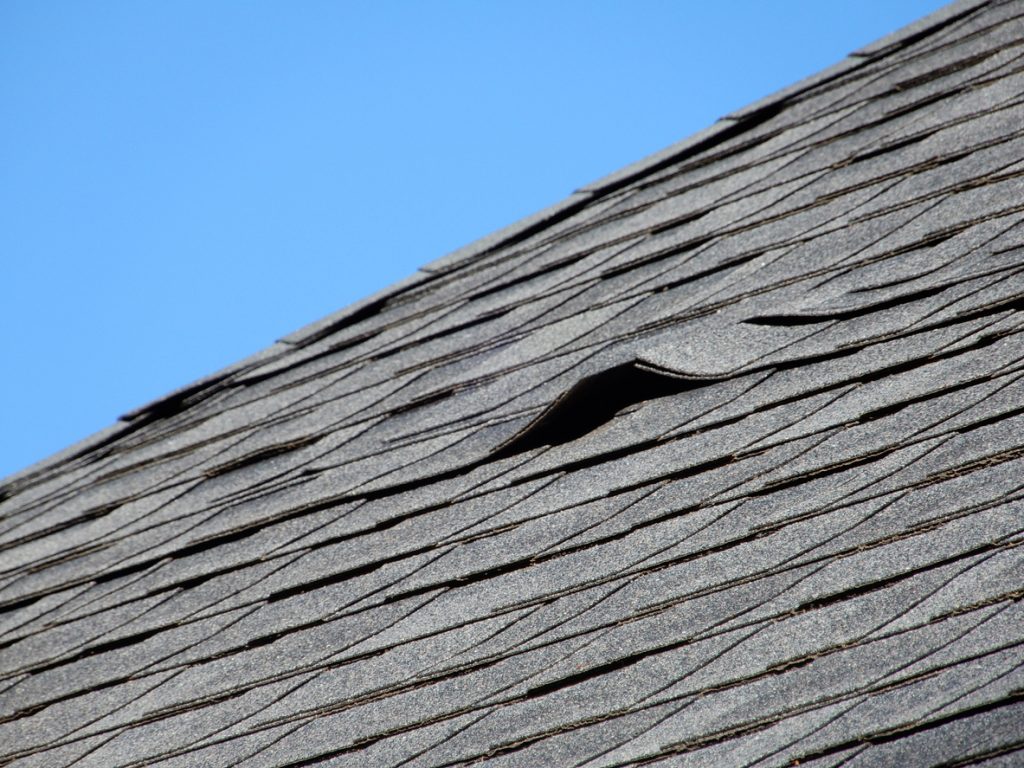
- Dark stains have formed on top of or on the underside of your roof. If you see this, then your roof is leaking and causing moisture damage. This is terrible not only for your roof, but for your home’s interior structure as well.

- It’s cracking or sagging. Cracks are easy to see but if you’re not sure if your roof is sagging or not, use a broom to lightly push at the suspected spot. If it’s wet or it moves, then you need a new roof immediately.
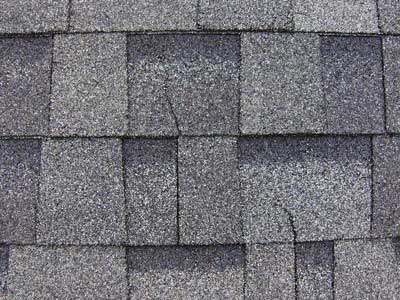
- There are signs of rot or mold. These both retain moisture and can quickly get out of control, weakening your structure.
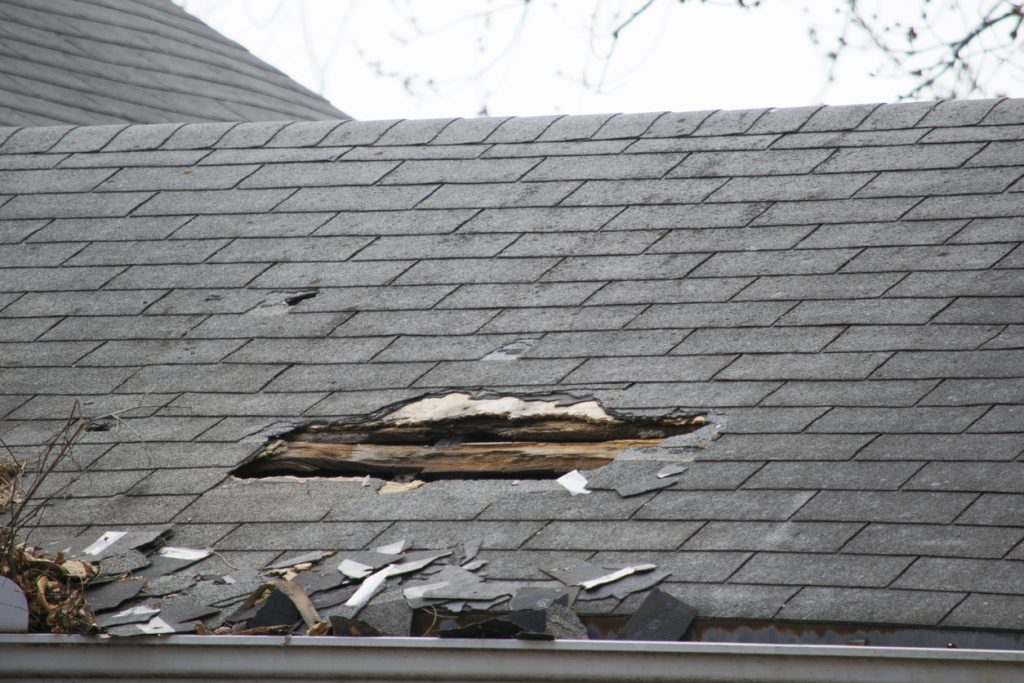
- You see bald spots or asphalt shingle granules in the gutter. The granules help deflect heat and water away from your home so if they are lacking, your roof will be more susceptible to problems.
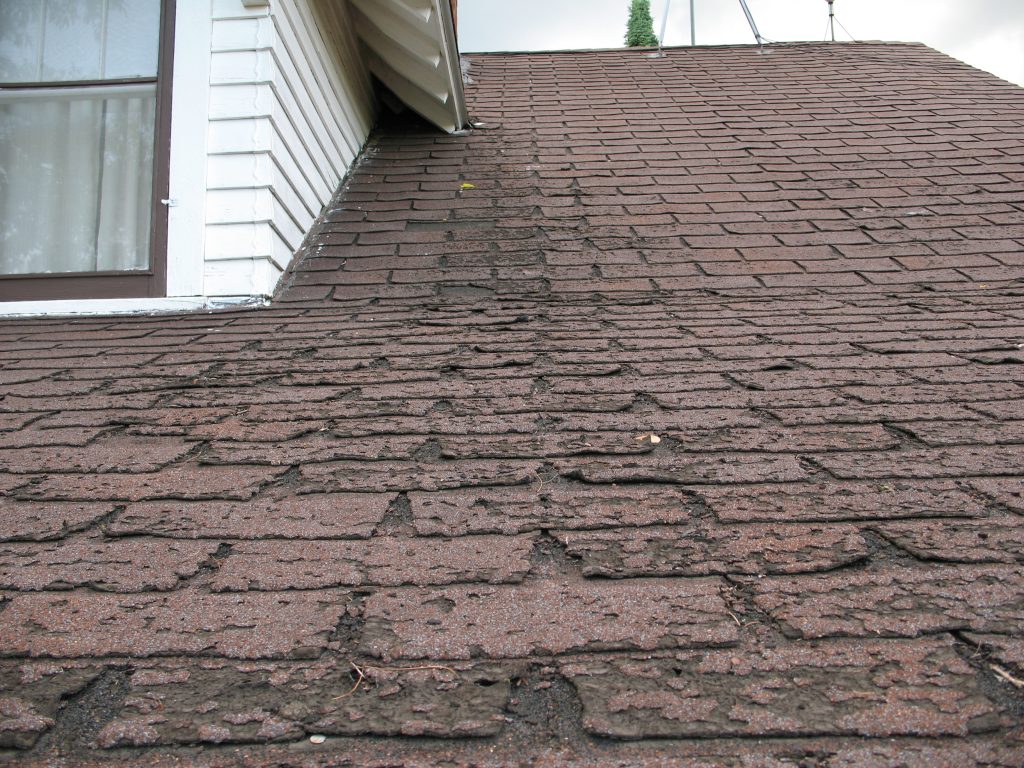
- The chimney or roof flashing is damaged. This allows water to seep in underneath the shingles, damaging your home.
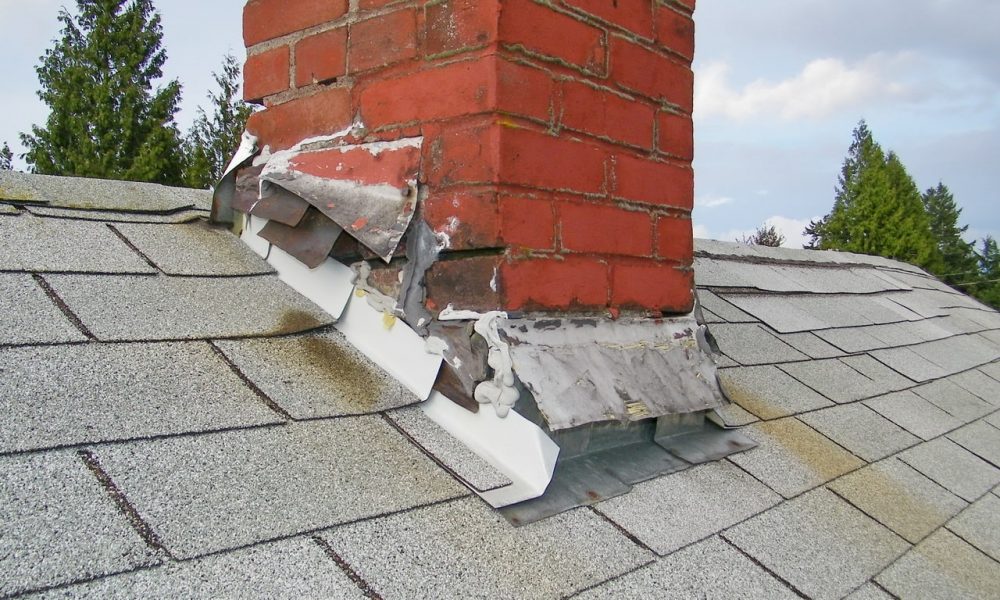
- Other homes in your neighborhood are getting new roofs. Most likely, your roof will need replacement around the same time.
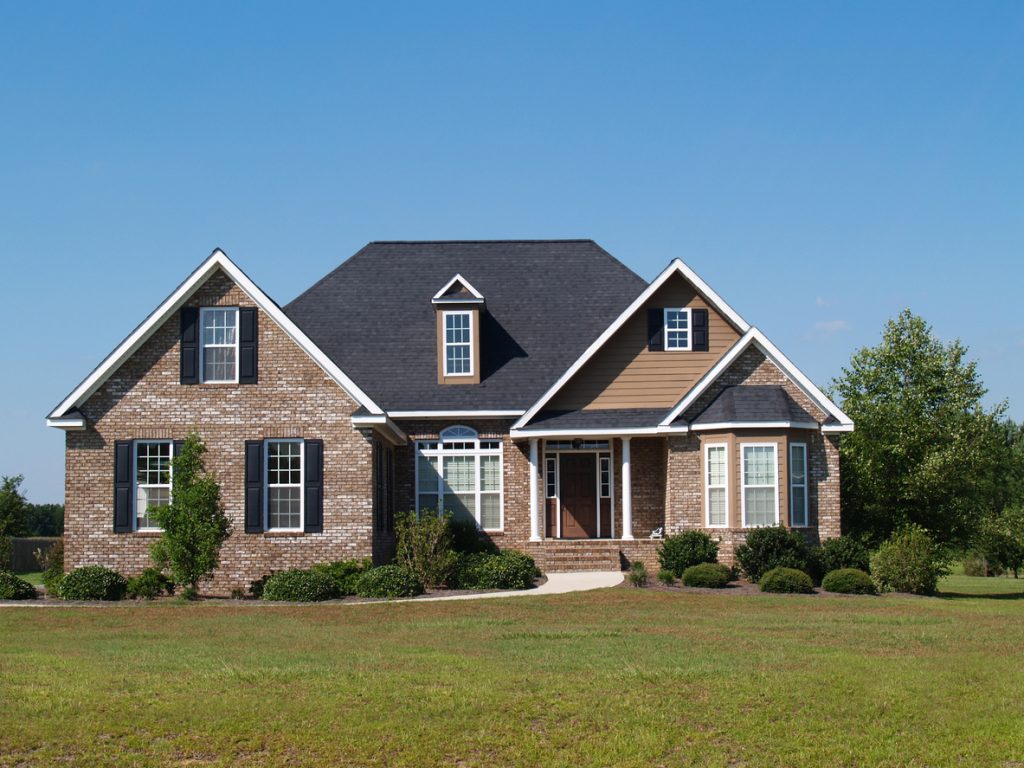
How to Extend the Life of Your Roof Shingles
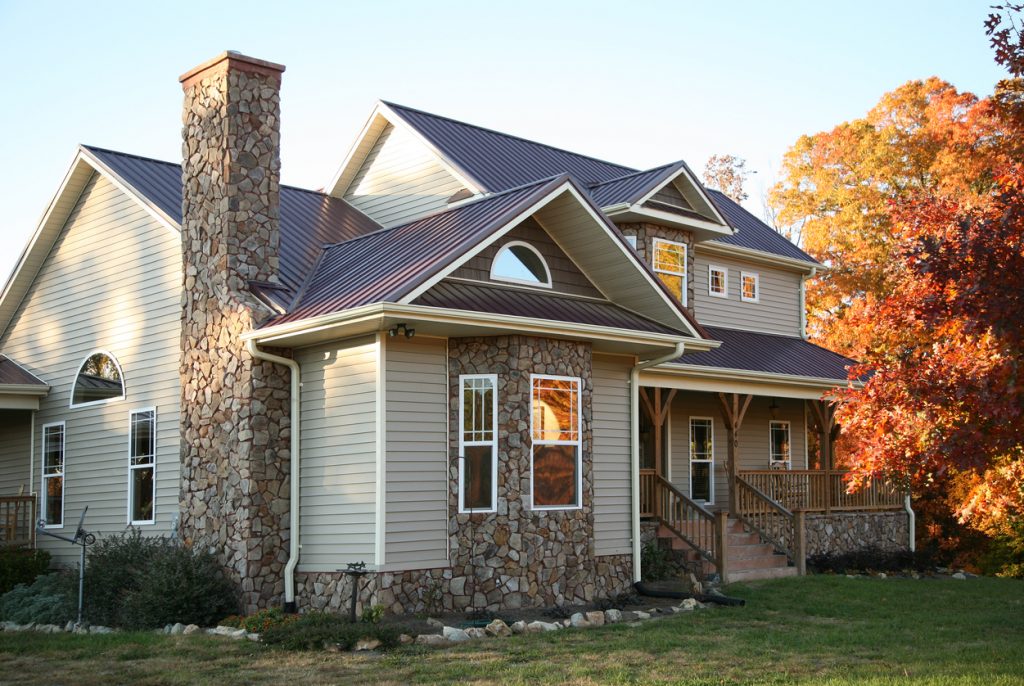
Since it can be a large investment to replace your roof, it pays to know how to make your roof last longer. Other than choosing the right type of roof shingles for your climate and not just for budget or aesthetics, here are five ways to extend the life of your shingles:
- Maintain the area around your roof. This includes cleaning out the gutters so water doesn’t pool and trimming nearby branches so the fallen leaves don’t trap moisture and fallen branches don’t cause damage.
- Try to limit foot traffic on the roof and never use a power washer to clean it, which can dislodge the important granules.
- Properly ventilate and insulate your attic. When air flows well, heat and humidity won’t build up on the underside of your roof which causes the asphalt to dry out faster.
- Get a professional inspection every year so you can catch small fixes before they become big expenses. This is especially important after a severe storm.
- Rejuvenate your roof with Roof Maxx’s scientifically-formulated, all-natural oil treatment. Roof Maxx has millions of microbeads of all-natural oil that penetrate your old roof and restore its flexibility and waterproofing protection.
By choosing the right roof in the first place and knowing how to make your roof last longer, including using the rejuvenation roof spray by Roof Maxx, the top of your home will not only protect you from the outside elements of sun, rain, and wind, but you’ll also be proud of its beauty.
Contact Roof Maxx today for more information on roof rejuvenation.
